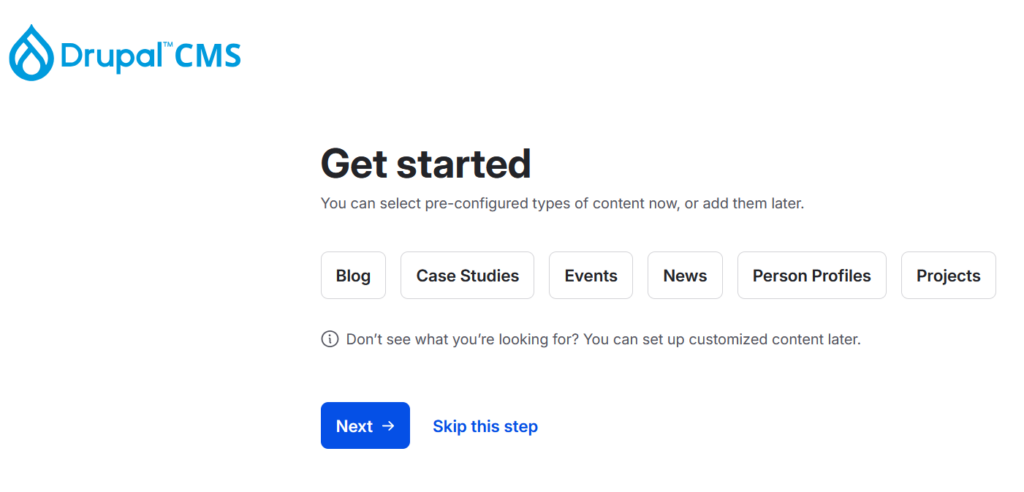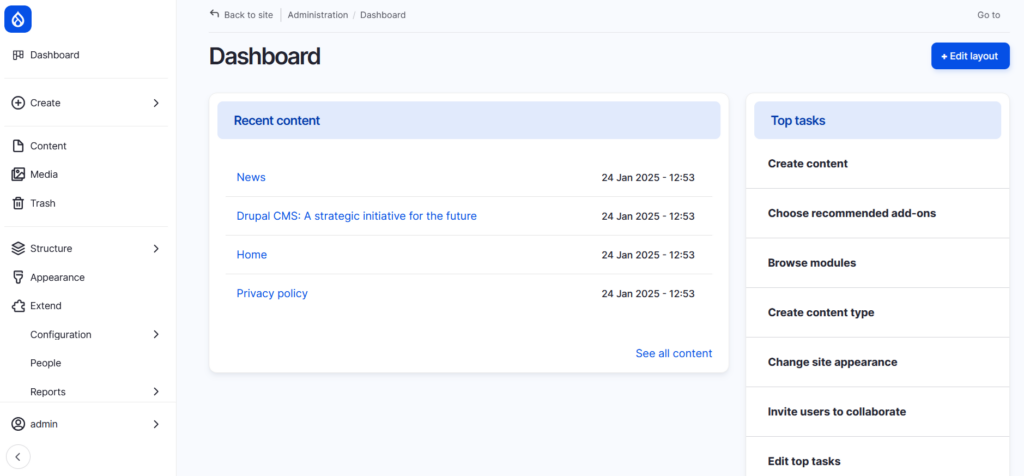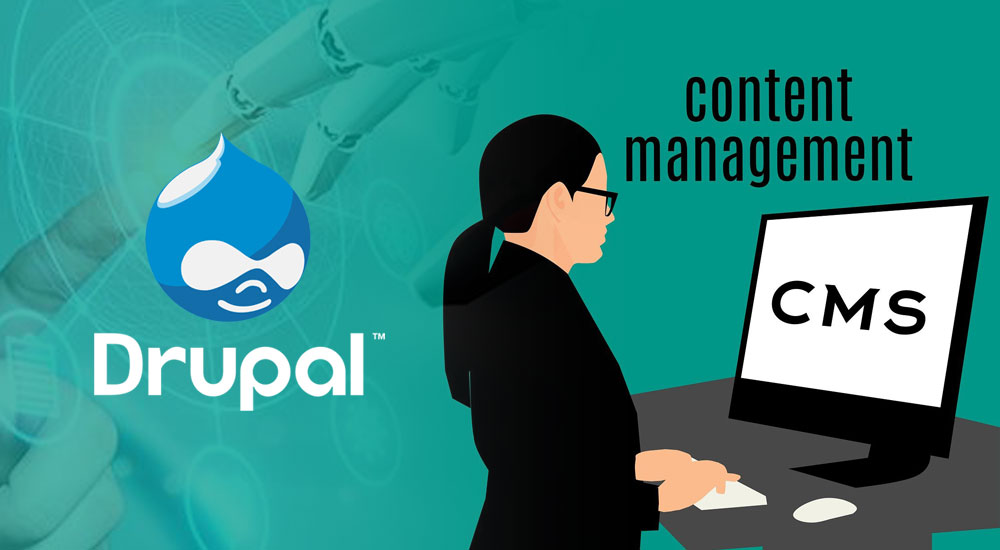After the 24 years of its first version release, Drupal have taken a new step forward on the world of content management. The first version of Drupal, Drupal 1.0, was released on January 15, 2001. On the day of Drupal’s 24th anniversary, a new major version of Drupal has been released, Drupal CMS 1.0. Drupal CMS 1.0 is a packaged version built with Drupal core 11, offering a more user-friendly experience with pre-configured features and tools. Drupal CMS 1.0 is easy to use, but powerful enough to build complex sites. It is not wonder that this new version makes Drupal more accessible to beginners. This new feature-rich packaged version unlocks a fantastic digital experience for marketers, content creators and designers who want a ready to use platform. Its combination of flexibility, scalability and especially strong community makes it a powerful alternative for all other content management platforms.
Key features of Drupal CMS 1.0 includes:
- Smart defaults for common tasks: Drupal CMS 1.0 includes pre-configured features and recipes that make it simplify the setup process for common tasks.
- AI powered tools: Drupal CMS 1.0 includes AI powered tools to help marketers, designers and content creators to boost efficiency.
- Pre-configured features: Drupal CMS 1.0 includes pre configuration features for site search and media management etc.
- Easy integration with popular marketing tools: Drupal CMS 1.0 can be integrated with popular marketing tools for SEO and analytics.
- Automatic updates: Drupal CMS 1.0 can be automatically updated to latest version to make use of latest features and ensure the security.
Key differences with traditional Drupal core
Drupal CMS 1.0 is a packaged version, designed to make building websites with quick and easy setup process, make it accessible to non-technical users. Traditional Drupal core like Drupal 10/11 requires more technical skill to set up and configure complex websites, targeting developers and advanced users. Drupal CMS 1.0 is set up with pre-configured features, while Drupal core requires additional modules and configurations for achieving similar functionality. Choosing between the two depends on the complexity of the requirement and technical expertise.
Drupal CMS 1.0 installation
To test the capabilities of Drupal CMS 1.0, we can use the free trial available at Drupal official website.
To start building a site locally,
- Install DDEV
- Download and unzip Drupal CMS project zip file available at the Drupal official website.
- In the unzipped directory, run./launch-drupal-cms.sh at the command line.
DDEV handles the site configuration and once the configuration is complete, it will automatically open the web browser and direct to the URL of locally running Drupal CMS 1.0 site.
During Drupal CMS installation process, we can choose a set of pre-configured content types.


Drupal CMS 1.0 installation is surprisingly quick! And once the installation is fully finished, it will directly take to the back-end dashboard with a range of wonderful features.

Additional features to enhance Digital Experience
Additional features like media library, workflows, AI tools etc. are available on the back end.
AI helps developers to generate code snippets and speeding up the development process. AI powered content creation, translation and chatbots etc. are the key AI features in Drupal CMS 1.0. Integration with AI is the significant step forward in web development.
Advanced media management feature makes it possible to manage images, videos and all other media content. Enhanced media libraries makes it possible to reuse media assets and prevent duplication to boost the performance of the site. Selecting the images and insert into the content section via toolbar is so simple. Focal point feature for focusing to the most import part of the image is available. Automated image optimization using pre-defined image styles and ability to adjust aspect ratio using AI powered image resizing tool maintain a fast Drupal site without compromising image quality.
Drupal CMS 1.0 includes privacy and built in consent management tool to provide users with control over their data. Also, a new Trash bin feature is introduced in Drupal CM 1.0. Deleted item will move to the trash and we can restore the content from the trash at a later date if necessary. Duplicate content option is also available in the content management list when we need to create a similar type of content.
Contributed by: Priya
Excellone Technologies boasts a strong team with expertise in the Drupal. If you have a Drupal project in mind, connect with us to turn your vision into a fully functional web site.
- By Dev Team

